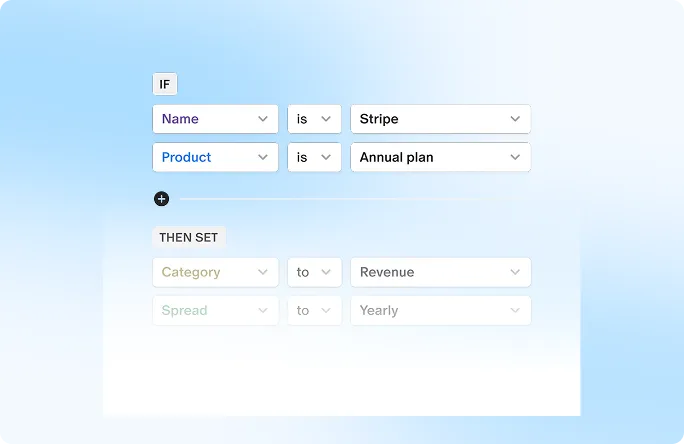Offering equity to your employees is a great way to give them a real stake in your company's success, but it's not always easy for them to grasp the full picture. Equity compensation is often wrapped in layers of complex terms and concepts that can leave employees confused and disengaged. The key to unlocking its full potential lies in education - ensuring employees understand the value and mechanics behind their equity, so they can make informed decisions and feel truly invested in the company.
But how do you effectively communicate something that even seasoned professionals sometimes struggle to explain? The answer lies in creating a structured and supportive approach to equity education that meets employees where they are and helps them grow their understanding over time. Here are 10 practical ways to ensure your employees are fully educated about their equity compensation.
Why Is Employee Equity Education Important?
1. Promotes Financial Literacy: Educating employees about equity helps them better understand the financial benefits associated with their compensation, making them more engaged in their personal financial planning.
2. Boosts Employee Retention: When employees understand the long-term value of equity, they are more likely to stay committed to the company's success, as they can directly benefit from it.
3. Enhances Employee Engagement: Equity creates a sense of ownership, but it's only meaningful when employees truly understand how it works. Education ensures they are aware of their stake in the company.
4. Maximizes the Value of Compensation: If employees don't fully understand their equity, they won't see the value it brings to their overall compensation. Education helps unlock this potential.
10 Practical Ways to Educate Your Employees About Equity Compensation
1. Assess Employee Knowledge Before Educating
Before launching into detailed explanations, start by understanding how much your employees already know about equity. This assessment helps you tailor your educational approach, focusing on filling in knowledge gaps rather than repeating concepts employees already grasp.
2. Develop Clear Learning Objectives Based on Knowledge Gaps
Once you've gauged your employees' understanding, set specific learning goals that address the areas where they need the most guidance. This will make your educational sessions more focused and effective, helping employees learn what matters most to them.
3. Simplify Communication by Avoiding Jargon
Equity compensation is loaded with legal and financial terminology that can overwhelm even seasoned employees. Use plain language to explain equity concepts, breaking down the terms in a way that's easy to digest. Clear and simple communication ensures employees can follow along, no matter their level of experience.
4. Conduct Regular Employee Equity Education Sessions
Host regular sessions to help employees understand the different aspects of their equity compensation, such as how vesting schedules work, tax implications, and key terms. These sessions should occur periodically so employees can refresh their knowledge and stay updated on any changes.
5. Incorporate Equity Education During Onboarding
Introduce equity education early in the employee journey. Explaining equity during the offer process and diving deeper during onboarding helps employees grasp the value of their equity from day one, ensuring they don't miss out on important details as they get settled into their new roles.
6. Personalize Equity Updates Based on Employee Milestones
As employees reach key milestones in their equity journey - such as when stock options vest or new grants are issued - send personalized updates explaining what these events mean. This makes employees feel more connected and informed, increasing their engagement with the equity program.
7. Create Educational Materials and Resources
Offer written materials, videos, and other resources that explain equity compensation in more detail. These materials provide employees with a go-to reference whenever they need clarification or wish to revisit key concepts. Make them accessible so employees can refer to them anytime.
8. Communicate Any Changes in the Company That Impact Equity
Major company events, such as funding rounds, mergers, or changes in valuation, can impact employees' equity. Keep them informed about these changes and what they mean for their compensation, ensuring they're never caught off guard by unexpected developments.
9. Provide Ongoing Support for Employees Needing Further Clarification
Some employees may need more time and resources to fully grasp equity concepts. Offer ongoing support through one-on-one meetings, workshops, or office hours where employees can ask questions and gain a better understanding of their compensation.
10. Hold Feedback Sessions to Improve Understanding
After your educational efforts, hold regular feedback sessions to learn how effective your approach has been. These sessions give employees the opportunity to voice their concerns or suggest areas for improvement, allowing you to adjust your equity education strategy accordingly.
Conclusion
Effective equity education isn't just a nice-to-have - it's essential for ensuring your employees understand the true value of their compensation. When employees have a solid grasp of their equity compensation, they're more likely to feel engaged, valued, and committed to your company's success. With the right approach, you can simplify complex concepts, tailor your education to meet individual needs, and create a culture where equity becomes a meaningful part of your employees' experience.


 Equity management
Equity management

 Fund management
Fund management

 Fund management
Fund management

 Fund management
Fund management












































